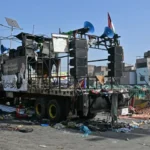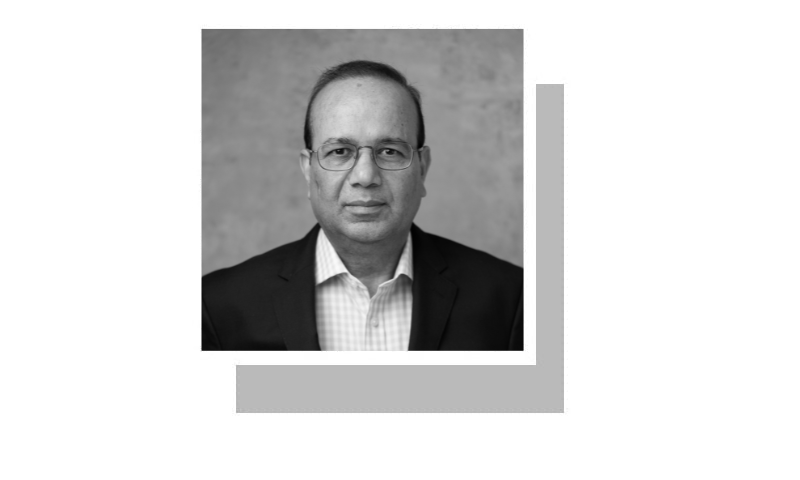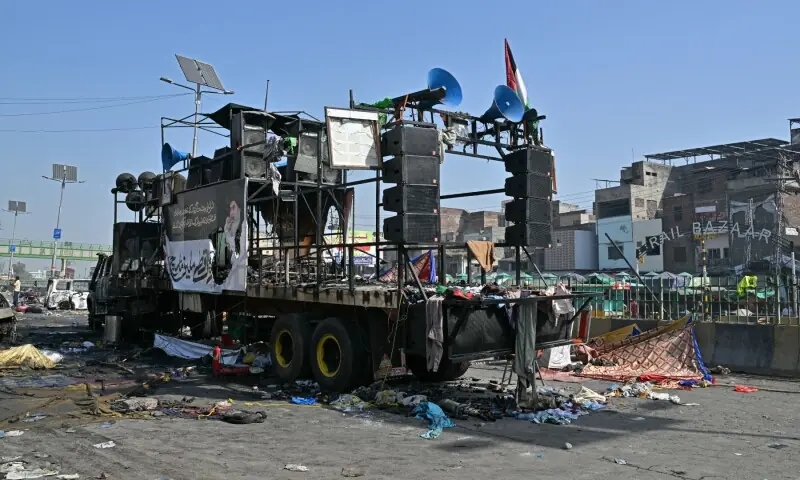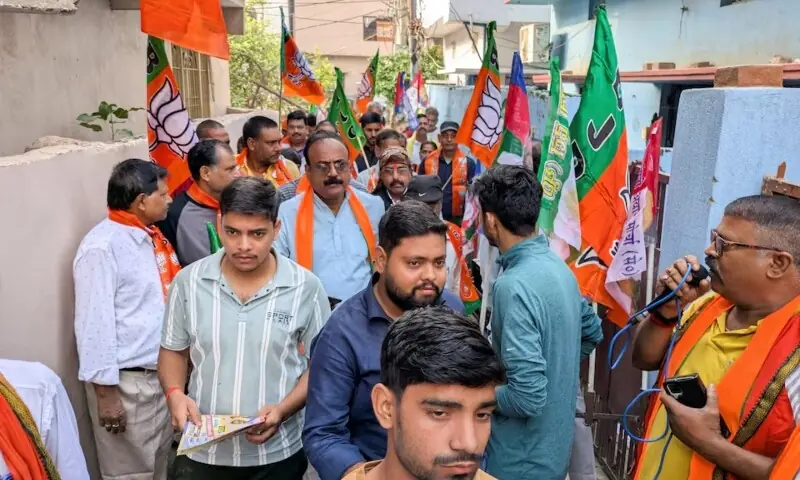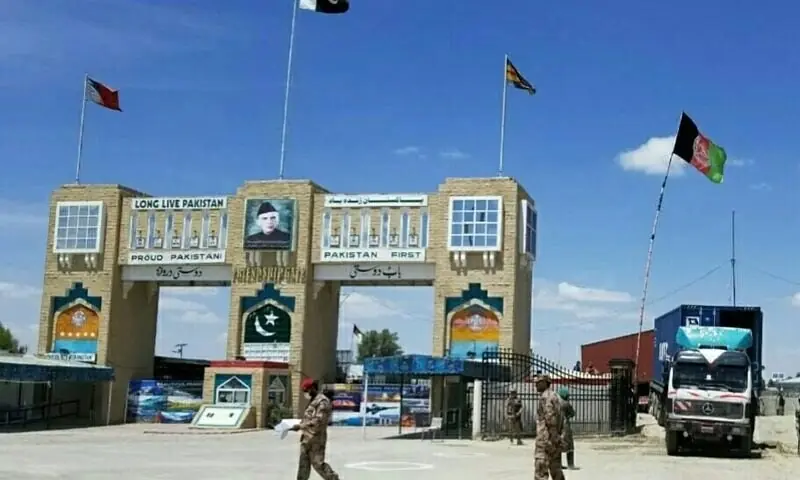According to the new poverty estimates of the World Bank, 44.7 percent of the population of Pakistan (around 110 million) now lives in poverty. The proportion of people living in extreme poverty has increased from 4.9pc to 16.5pc. This review, based on the revised threshold, does not take into account the consequences of the COVID-19 pandemic, the floods of 2022 and the phenomenal increase in recent years in the cost of living, which may have pushed more people to poverty.
Meanwhile, per capita income has increased to $ 1,824 in fiscal year 2015. But this increase hides the worsening of income disparity throughout the country. These are not just statistics; They are a reflection of policy options and an accusation of the country’s economic leadership. It shows that our economic model is broken, which requires a complete rethinking of our economic strategy to combat poverty.
Successive governments have incorporated billions in subsidies and aid programs such as the Benazir Income Support Program (BISP), while neglecting growth, employment creation, human development and rural development. Poverty in Pakistan is not simply increasing; It is being manufactured and maintained through decisions that strengthened inequality and suppress opportunities.
BISP has played a crucial role in the Pakistan Social Security Network by providing financial assistance to low -income families and vulnerable groups since 2008. In fiscal year 2008, the Bisp allocation has increased by 20PC to RS 722B (0.5PC of GDP) to expand coverage to 10m families. The quarterly stipend will increase from RS13,500 to RS14,500. Although the government strives to expand the beneficiary’s coverage and improve transparency in the distribution of funds, the general poverty reduction strategy needs severe rethinking, given a limited fiscal space and the low growth and low investment trap.
Poverty in this country is the result of deliberate policies, negligence and systemic defects.
In general terms, the Government needs focused policies to address critical issues that directly affect the public. The FY26 budget was addressed to the IMF, the commercial elites and government employees. There was no vision, strategy or action plan to address economic stagnation, unemployment, poverty, inequality or the unpleasant state of the country’s human development.
Poverty in Pakistan is not just accidental. It is a consequence of deliberate policies, negligence and systemic defects. For example, our farmers incurred RS2.2 billion losses only in wheat production this year, endangering food security and reducing rural income. Agriculture, which represents 23 % of GDP, uses 37 % of the workforce and contributes 60 percent to export profits, has been affected by climatic shocks, chopped prices, the false steps of state policies and negligence. Crop production fell into 13.5pc in fiscal year 200: cotton for 30.7pc, corn for 14.7pc and wheat by 8.9pc. The scarcity of fertilizers during planting seasons, the elimination of the prices of support for the IMF under pressure and the abandonment of the acquisition of basic products left the farmers exposed to the volatility and exploitation of the market by the intermediaries. Instead of guaranteeing a soft policy transition and establishing an alternative market mechanism to protect farmers, the government simply retreated. This underlines the lack of planning and blind implementation of the IMF advice.
In a painful example of fiscal irresponsibility, the government has increased the wages and benefits of ministers, legislators, judges and bureaucrats. In a country fighting for help and barely managing debt payments, this extravagance reflects a shocking contempt due to the difficulties faced by ordinary Pakistani.
Similarly, our fiscal system perpetuates inequality. Saved individuals contributed around RS555bn in fiscal year 2015, 51PC more than last year. Meanwhile, the big retailers, owners, speculators and people with the Grisos market remain intact. The Tajir Dost scheme of the FBR raised a simple RS4M, against a objective of RS50bn. The eminent economist Dr. Hafez Pasha estimates that the average real income of salaried individuals has decreased by 30 percent due to inflation and aggressive taxes.
Beyond cynicism, let’s see the global efforts to end extreme poverty and understand what works and what does not. Africa dependence on foreign aid offers a warning story. Despite receiving billions in development assistance annually for decades ($ 53.5 billion alone in 2022, African countries house three quarters of the poor in the world. Sub -Saharan Africa still has the largest number of people living in extreme poverty: 411m in 2023, 45pc of 1990. Foreign aid has failed to eradicate poverty Externally without structural reforms.
In contrast, China, India and many Latin American countries brought hundreds of millions of poverty through sustained economic growth, institutional reforms and objective support. China combined the broad -based economic transformation with specific assistance to disadvantaged regions and homes, starting with agricultural reforms and then developing laboratory intensive industries. India, the most rapidly growth economy in the world in the last decade, doubled its GDP of $ 2.1TR in 2015 to $ 4.3TR in 2025, while investing in basic infrastructure, such as bathrooms, clean water and electricity to raise rural communities. Latin American countries also made significant progress by strengthening institutions, reducing inequality and adopting solid policies.
Meanwhile, during the last three years, Pakistan has experienced a negative per capita growth with a GDP growth rate of -0.5pc in fiscal year 2013, 2.5pc in fiscal year 45 and an estimated 2.68 percent in fiscal year 2015. Stabilization without growth is becoming the new normality of the country and we can no longer pay it. It only exacerbates unemployment, poverty and inequality. With the flexibility of inflation and low -performance basic products sectors, we must use fiscal and monetary policies to boost private investment and stimulate growth.
The 2023 digital census has shown surprising gaps in literacy in the rural area of Sindh, Baluchistan and KP. Similarly, medical care lacks adequate infrastructure and resources. Within the provinces, there are substantial disparities between urban and rural areas, and between different districts. The government must focus on improving development results in the districts that have the lowest development indicators.
The nations that have seen the most dramatic improvements in the reduction of poverty and other measures of human well -being have focused on growth, economic reforms and specific social protection policies. Pakistan must learn from these lessons. This will require a sincere political will, a strong political approach and coordination between the different levels of the government.
The writer is the author of The Shady Economics of International Aid. He is a former principal advisor of the IMF and the former main economist of the SBP.
Dr.saeedahmed1@hotmail.com
Posted in Dawn, August 1, 2025


